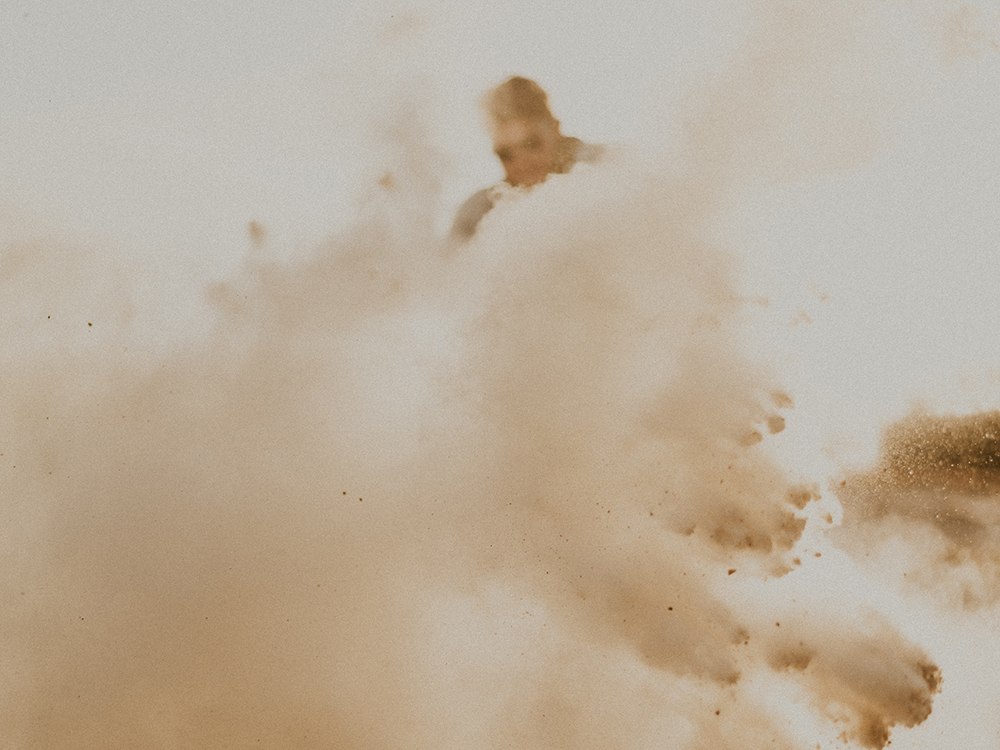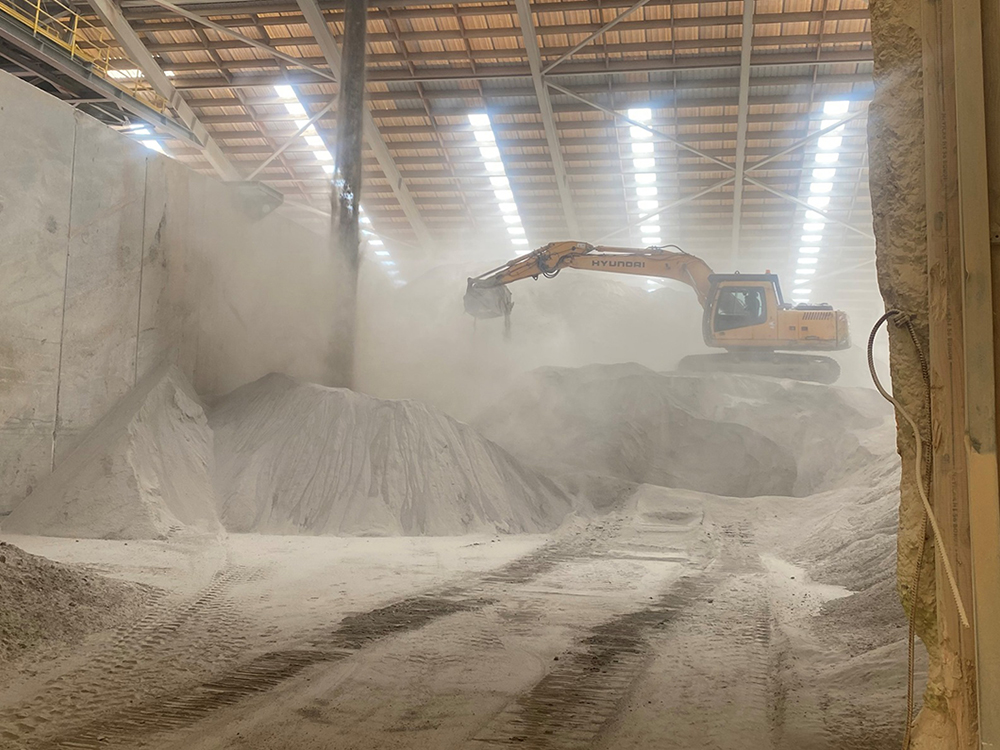The cost of dust
The science around workplace dust is always evolving, but without doubt repeated exposure to certain types of dust can be deadly. “Part of the problem,” says Verum Group’s Industrial & Workplace Monitoring Manager William Porter, “is that impacts aren’t necessarily instantaneous.”

August 2023: “Disease caused by workplace exposure to dust is more common in New Zealand than workplace accidents. Hundreds of people still die each year here, essentially from dust exposure, and more are crippled with illness.”
William says that with modern technology available for workers, this type of disease-causing exposure can be prevented or very much reduced. Under the Health and Safety at Work Act, businesses in industries where dust is a concern have a duty to eliminate, or use controls to minimise worker exposure to dust.
“Respiratory crystalline silica, that is silica dust you wind up breathing in, can have incredibly small airborne particles, most of which you can’t even see, but they can get into your lungs and over time cause all sorts of health problems.

A Verum Group client regularly has the employee dust exposure monitored when working in the sheds. Verum Groups workpace monitoring manager William Porter is able to give realistic and important advice to companies to help them with worker exposure to dust. Photo: William Porter, Verum Group.
“Silica dust can cause a disease aptly called silicosis – permanently scarring the lungs and causing shortness of breath. The onset of the disease can be anywhere from a few months to more than 20 years depending on how much and how often a worker was exposed to the dust.
“In New Zealand, we have seen an increased number of cases of accelerated silicosis, with the disease onset just a few years after repeated exposure, among workers in the artificial or engineered stone kitchen benchtop industry – engineered stone tends to contain a huge amount of silica compared to natural stone. It’s something that the industry, and consumers, needs to think carefully about before making decisions about the type of products they are going to work with.”
Silica dust has also been shown to cause lung cancer and chronic obstructive pulmonary disease (COPD), there is also some recent evidence that exposure to the dust can also cause kidney disease.
The types of industries where respiratory crystalline silica is a particular problem include quarrying, roading, construction, mining, and manufacturing. “It’s found in concrete, bricks, rocks, stone, engineered stone, sand, and clay. Dust is created anytime these materials are disturbed by cutting, grinding, and drilling,” says William.
Other nuisance and hazardous workplace dusts include metal dusts and wood dusts.
“There are dust hazards involved in the majority of industries. I’ve been working with a number of clients who really care about their workers and keeping them safe over the long-term. Sometimes a client can have policies and procedures in place, but they discover that an employee is being exposed to a higher level of contaminant than allowed, which makes them non compliant with wearing their protective gear. Sometimes it’s about education – realising that wearing a decent fitting mask is a lot more comfortable than winding up in a hospital bed with permanent lung damage and unable to breathe properly. Sometimes it is as simple as explaining why certain dusts have to be cleaned with water or vacuum, and not dry-swept.”
William has extensive experience in occupational hygiene, as well as environmental science, and is Health and Safety qualified.
More information
Please click the following link for more information about Verum Group’s workplace and industrial monitoring services and to contact our workplace monitoring team.